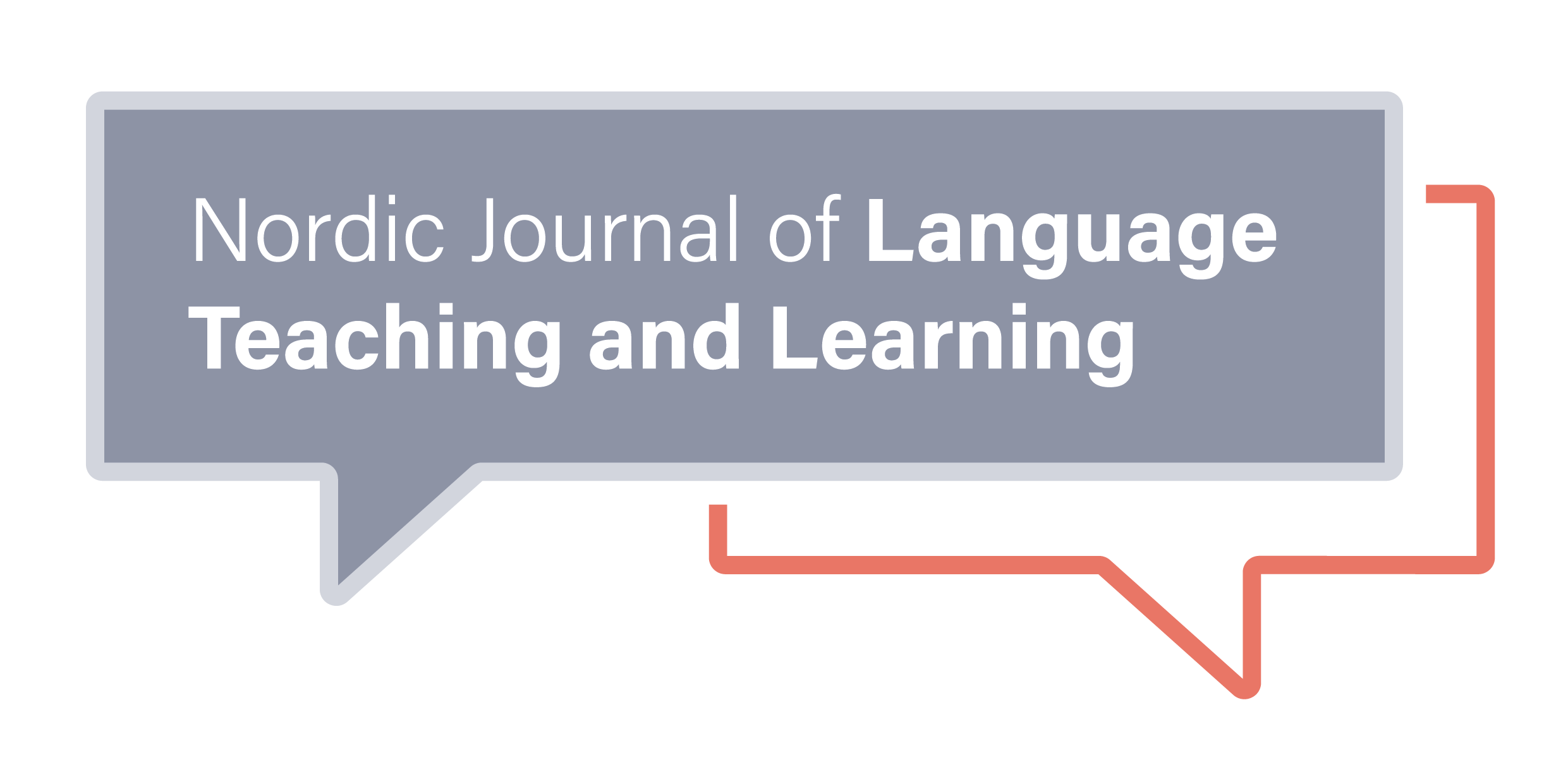A framework for characterizing communication-oriented ELT textbooks
Abstract
Textbooks hold a fundamental position in English Language Teaching (ELT). Today, their main aim is to contribute to the development of the learner’s communicative competence. This paper sets out to set the basis for constructing a framework for characterizing ELT textbooks, in terms of their opportunities to promote communicative competence. In order to provide a theoretical foundation for the framework, it first introduces the notions of input (Krashen, 1989) and output (Swain & Lapkin, 1995). Then, it presents two influential models of communicative competence, i.e., those of Canale and Swain (1980), and the Common European Framework for Reference of Languages (Council of Europe, 2001, 2018). Following that, it presents two significantly quoted sets of principles for the study of learning materials in Communicative Language Teaching (CLT), i.e., the principles of Richards and Rodgers (2014) and Nation (2007). Building on the models and principles, the paper suggests eleven criteria for characterizing communication-oriented ELT textbooks, covering input in the form of topics and texts, and output in the form of activities. A short discussion of the main affordances of the suggested framework is provided at the end of the article.
Keywords: communicative competence, ELT textbooks, textbook analysis, communicative language teaching (CLT).

Copyright (c) 2022 Nahúm Misael Tórrez

This work is licensed under a Creative Commons Attribution-NonCommercial 4.0 International License.
Authors who publish with this journal agree to the following terms:
a. Authors retain copyright and grant the journal right of first publication with the work simultaneously licensed under a Creative Commons Attribution License that allows others to share the work with an acknowledgement of the work's authorship and initial publication in this journal.
b. Authors are able to enter into separate, additional contractual arrangements for the non-exclusive distribution of the journal's published version of the work (e.g., post it to an institutional repository or publish it in a book), with an acknowledgement of its initial publication in this journal.
c. Authors are permitted and encouraged to post their work online (e.g., in institutional repositories or on their website) prior to and during the submission process, as it can lead to productive exchanges, as well as earlier and greater citation of published work (See The Effect of Open Access).
PRIVACY STATEMENT
The names and email addresses entered in this journal site will be used exclusively for the stated purposes of this journal and will not be made available for any other purpose or to any other party.




